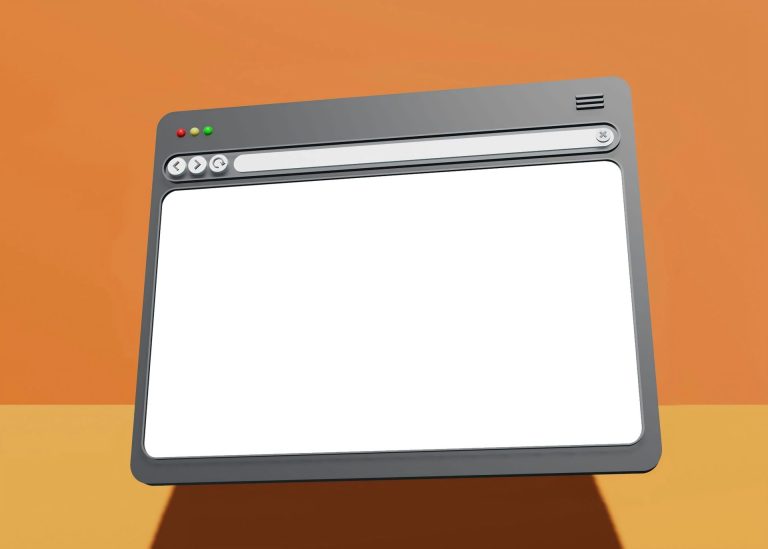Moving an office involves a variety of complexities and hidden costs that businesses often overlook. Properly understanding these costs can help you better prepare for the financial commitment required during the move. The key to managing these expenses is breaking down each aspect of the process, from initial planning to the final stages of relocation. Understanding these costs ensures a smoother, more cost-effective transition.
Professional office movers provide a range of services, and the total cost varies depending on various factors. Costs typically include not only the physical moving of items but also the time and labor involved in the entire process. By considering every potential expense, you can avoid surprises and make more informed decisions when hiring a moving company.
Initial Planning Costs
Planning an office move is the first step toward a successful relocation. These costs can include hiring project managers or consultants who help oversee the entire moving process. It’s essential to allocate time for assessing your office’s needs, determining the best strategy, and ensuring everything is organized for a seamless transition.
When you hire professional office movers, the planning stage will often include an on-site evaluation. This evaluation helps the moving company determine the best way to transport items, estimate how long the move will take, and provide an accurate quote. These initial planning costs, while sometimes overlooked, set the foundation for a successful office move.
Size of the Office
The size of your office has a significant impact on moving costs. Larger offices require more movers, trucks, and packing materials to accommodate all the items being relocated. This includes everything from office furniture to electronics, documents, and personal items of employees. The more extensive the move, the higher the overall cost will be.
Additionally, larger offices may involve more intricate planning, such as securing a larger crew or hiring special equipment to move bulky furniture. This will increase labor costs and transportation time. Smaller offices may have lower costs, but the total expense is still determined by how well the move is managed and how efficiently everything is packed.
Distance to New Location
Distance is one of the most straightforward factors affecting the cost of office moving services. Moving to a nearby location will cost significantly less than relocating to a distant area, especially if it involves long-distance or interstate moves. Moving companies generally charge based on mileage, with longer distances requiring more resources like fuel, time, and labor.
For businesses moving locally, transportation costs are typically lower, but long-distance moves require more careful planning. Costs will rise as you factor in longer travel times, more extensive packing, and potentially overnight stays for the moving crew. It’s essential to factor in this element of your move’s cost and prepare for it in your budget.
Packing Materials
Packing materials are essential for protecting your office’s belongings during the move. The cost of packing materials varies based on the type and amount of materials needed. Basic packing materials include boxes, tape, bubble wrap, and labels, while specialized items such as crates or custom packaging are more expensive.
If you opt for professional packing services, the cost of materials will be included in your overall bill. However, businesses can reduce costs by handling some of the packing in-house. By efficiently organizing and categorizing your items, you can minimize the amount of materials required and lower overall packing costs.
Labor Costs
Labor costs are an integral part of office moving expenses. The number of movers required, the time spent on the move, and the complexity of the move all influence how much labor will cost. Typically, moving companies charge by the hour, with rates varying based on the size of the office and the intricacy of the relocation process.
When estimating labor costs, businesses should also factor in the potential need for specialized workers. Some office moves require skills like dismantling office furniture or safely transporting sensitive equipment. These additional requirements will increase labor costs, especially if the move takes longer than anticipated.
Time of Year
The time of year can have a considerable impact on office moving costs. Peak moving seasons, such as the summer months or the end of the year, often lead to higher prices due to increased demand. Moving companies may charge premium rates during these periods, especially if there are scheduling conflicts or a shortage of available moving crews.
If you are flexible with your moving dates, scheduling your office relocation during off-peak months can help save money. The winter months and early spring often see fewer moves, meaning moving companies may offer discounts or lower rates. Timing your move strategically can lead to significant savings in labor and transportation costs.
Type of Equipment
The type of equipment required for your office move can add to the overall cost. Some office furniture or equipment may need special handling to prevent damage, requiring the use of specialized moving tools like dollies, cranes, or lifts. These tools may come with an additional rental fee, which can raise the total cost of the move.
Moreover, specialized items like computers, artwork, or large safes may need extra protection. Using equipment such as padded crates or custom packaging increases the cost of the move. The more delicate or valuable your office’s contents, the more costly specialized equipment will become.
Insurance Coverage
When moving expensive or delicate office equipment, it’s crucial to consider insurance coverage. While moving companies generally provide basic insurance, additional coverage may be necessary for high-value items such as electronics, machinery, or important documents. The cost of insurance varies based on the value of the items being transported.
Insurance offers peace of mind in case of accidents or damage during the move, but it adds to the overall cost. Businesses should weigh the cost of insurance against the potential risks, especially when dealing with irreplaceable or high-value items. Ensuring proper coverage can prevent unexpected expenses if something goes wrong.
Cleaning Services
Cleaning services are often required after the move is complete, especially if you are leaving behind a leased office space. Most commercial lease agreements require the office to be cleaned thoroughly before returning the keys. This can include carpet cleaning, window washing, and sanitizing the space, which incurs an additional cost.
If your business does not handle the cleaning internally, hiring professional cleaners will increase your expenses. The cost of cleaning services depends on the size of the space and the level of cleaning required. It’s essential to factor in these costs when planning your office move to ensure that you meet all obligations under your lease agreement.
Disposal of Unwanted Items
Office moves often present the perfect opportunity to declutter and dispose of unwanted items. The cost of disposing of furniture, old electronics, or unused documents can be significant, especially if you hire a moving company to handle the disposal. Some moving services offer eco-friendly disposal options, which might cost a bit more.
If your office has a lot of excess or outdated equipment, these disposal costs can add up quickly. Businesses may also opt to donate or recycle items, which can lower disposal costs. However, if the moving company is tasked with removing items, expect to pay extra fees for hauling and disposing of unwanted belongings.
Specialized Moving Services
Certain items in your office may require specialized moving services. For example, sensitive equipment like medical devices, large machinery, or art collections may need additional care. Moving companies that specialize in handling such items typically charge a premium for the additional expertise and equipment required.
These specialized services ensure that delicate or heavy items are transported safely, but they come at a higher price. Businesses should assess which items in their office require special handling and factor these costs into their moving budget. Proper planning and understanding of these needs can help reduce the risk of costly mistakes during the move.
Temporary Storage
During an office move, there may be instances where temporary storage is necessary. If your new office isn’t ready for immediate occupancy, moving companies can offer short-term or long-term storage solutions. The cost of storage depends on the size of the storage unit and the length of time needed.
Storage fees can quickly add up, especially for larger offices with more items. Some moving companies offer bundled services that include storage for a specific period, while others may charge a premium for extended storage. It’s essential to plan for potential storage costs to avoid any financial surprises.
Additional Services
Moving an office often requires additional services beyond just the physical relocation. These can include IT setup, furniture installation, or even reorganization of the office layout. Such services are typically offered as optional extras and come with an additional fee, but they can help streamline the transition to the new office space.
Additional services may also involve the setup of workstations, networking, or the installation of phones and computers. While these services make the move easier and faster, they do increase the overall cost. Be sure to assess whether these services are necessary for your move or if they can be handled separately to save money.
Setting Up New Office
After the move, there are costs associated with setting up the new office space. These costs include purchasing new office furniture, setting up workstations, and configuring office technology. Depending on the size and layout of the new office, this could involve additional expenses for design and space planning.
Companies should factor in the cost of setting up the new office as part of the overall moving expenses. The cost of purchasing new furniture or upgrading equipment will depend on the business’s needs. These expenses can quickly add up, especially if the move involves a significant change in office design or layout.
Expo Movers: Affordable Rates
When it comes to office moving services, Expo Movers offers reasonable rates while ensuring top-notch service. As professional office movers with extensive experience in commercial relocations, they can manage every aspect of the move, from planning to execution. Expo Movers can customize a moving plan that fits your budget and schedule.
Their pricing structure is designed to be transparent and affordable, helping businesses save without compromising on the quality of service. Whether you’re moving locally or over a long distance, Expo Movers provides a reliable, cost-effective solution for your office moving needs.
For more information or to get a quote, contact Expo Movers today:
Phone: (212) 321-3976
Email: info@expomovers.com
Website: https://expomovers.com/
Concluding Statement
Understanding the costs of office moving services is essential for any business planning a move. By considering factors like the size of the office, distance to the new location, packing materials, labor costs, and specialized services, businesses can better prepare for the financial impact. Although moving an office can be expensive, careful planning and choosing the right moving company can help mitigate costs and ensure a smooth transition to the new space.












 Bitcoin
Bitcoin  Ethereum
Ethereum  Tether
Tether  XRP
XRP  Solana
Solana  USDC
USDC  Cardano
Cardano  TRON
TRON  Lido Staked Ether
Lido Staked Ether  Avalanche
Avalanche  Toncoin
Toncoin